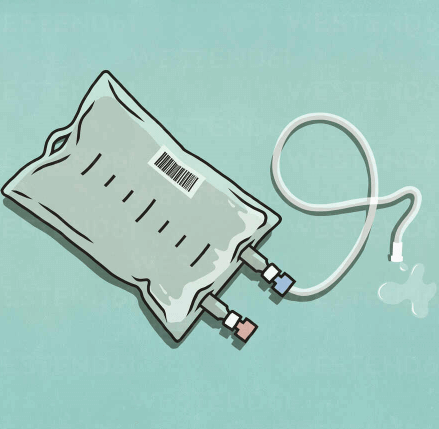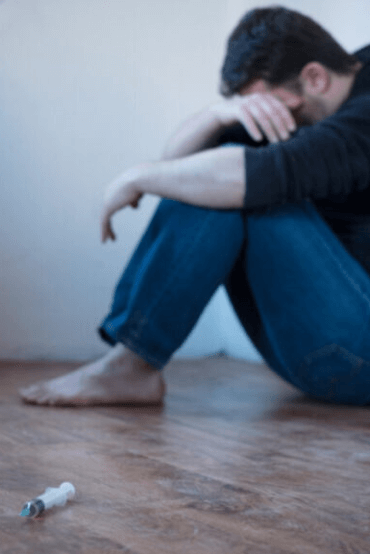If you or a loved one are struggling with addiction, you may be wondering what treatment options are available. In this article, we’ll discuss different types of opioid addiction treatment and how they work.
What Are Opioids?
Opioids are a type of drug that can be used for pain relief. They work by binding to opioid receptors in the brain and spinal cord, which reduces the perception of pain. Opioids can be either prescription drugs, such as oxycodone or hydrocodone, or illegal drugs, such as heroin.
While opioids can be effective at relieving pain, they also come with a high risk of addiction and overdose. Opioid addiction is a serious problem in the United States, and opioid treatment options are available to help those struggling with addiction.
There are three main types of treatment for opioid addiction: detoxification, maintenance, and tapering/withdrawal. Detoxification is the process of removing the drug from the body, which can be done through medication or natural methods. Maintenance therapy involves replacing the addictive drug with another less addictive drug, such as methadone or buprenorphine. Tapering/withdrawal involves slowly reducing the dose of the drug over time until the person is no longer using it.
Each person’s situation is different, so it’s important to talk to a doctor or other medical professional to figure out which treatment option is best.
What Is Opioid Addiction?
Opioid addiction is a serious problem in the United States. According to the National Institute on Drug Abuse (NIDA), about 2.1 million people in the United States suffer from opioid addiction.
There are many different types of opioid addiction treatment, and each one works in a different way. Some of the most common types of treatment include:
- Medication-assisted treatment: This type of treatment uses medication to help reduce cravings and withdrawal symptoms. Medications used in this type of treatment include buprenorphine and methadone.
- Behavioral therapy: This type of therapy helps patients change their behaviors and thoughts related to drug use. It can also help them learn new skills to cope with stress and triggers that may lead to relapse.
- 12-step programs: These programs follow a similar structure to Alcoholics Anonymous or Narcotics Anonymous, involving group meetings and support from peers who are also in recovery.
- Inpatient rehab: Inpatient rehab programs provide 24-hour care and supervision in a hospital or treatment facility. These programs typically last for 28 days, but some may be shorter or longer depending on the needs of the patient.
The Different Types of Opioid Addiction Treatment
There are many different types of opioid addiction treatment available, and it can be difficult to know which one is right for you. Here, we outline the different types of treatment and how they work to help you make the best decision for your recovery.
Medication-assisted treatment (MAT) is the use of medication in combination with counseling and behavioral therapies to treat substance use disorders. Medications used in MAT include methadone, buprenorphine, and naltrexone. These medications work by blocking the effects of opioids, reducing cravings, and helping to prevent relapse.
Counseling and behavioral therapies are an important part of addiction treatment. They can help you identify triggers for drug use, develop coping and problem-solving skills, and learn healthy ways to cope with stress.
Inpatient treatment is a type of treatment that requires you to stay at a residential facility for a period of time. Inpatient treatment can last from a few days to several weeks, and it typically includes detoxification, individual and group therapy, and other activities such as yoga and meditation.
Outpatient treatment is a type of treatment that allows you to live at home while attending therapy sessions at an outpatient facility.
How Do Opioid Addiction Treatments Work?
Opioid addiction treatments typically fall into one of two categories: medical and behavioral. Medical treatments aim to detoxify the body and help manage withdrawal symptoms, while behavioral therapies focus on helping the addict change their thoughts and behaviors around drug use.
Both medical and behavioral treatments can be effective in treating opioid addiction, but it is often recommended that they be used in combination for the best results. Detoxification alone is often not enough to keep an addict from relapsing, and behavioral therapies can help addicts learn how to cope with triggers and urges to use drugs.
Which Opioid Addiction Treatment Is Best for You?
There are many different types of opioid addiction treatment, and the best one for you will depend on your individual situation. Some common types of treatment include:
-Methadone or buprenorphine: These medications are used to help wean people off of opioids by reducing withdrawal symptoms and cravings.
-Naltrexone: This medication blocks the effects of opioids, making it difficult to get high if you use them. It can be taken as a pill or as an injection.
-Behavioral therapies: These therapies can help you change your behaviours and thought patterns related to opioid use. They may include individual counseling, group therapy, and/or family therapy.
The most important thing is to find a treatment that works for you and that you are comfortable with. If you are not sure where to start, speak with your doctor or a mental health professional to explore your options.
Conclusion
There are many different types of opioid addiction treatment available, and each one works in a different way. Some treatments focus on detoxification, while others focus on counseling and behavioral therapy. Still, others focus on medication-assisted treatment. The most important thing is to find a treatment that works for you so that you can finally break free from the grip of addiction.



